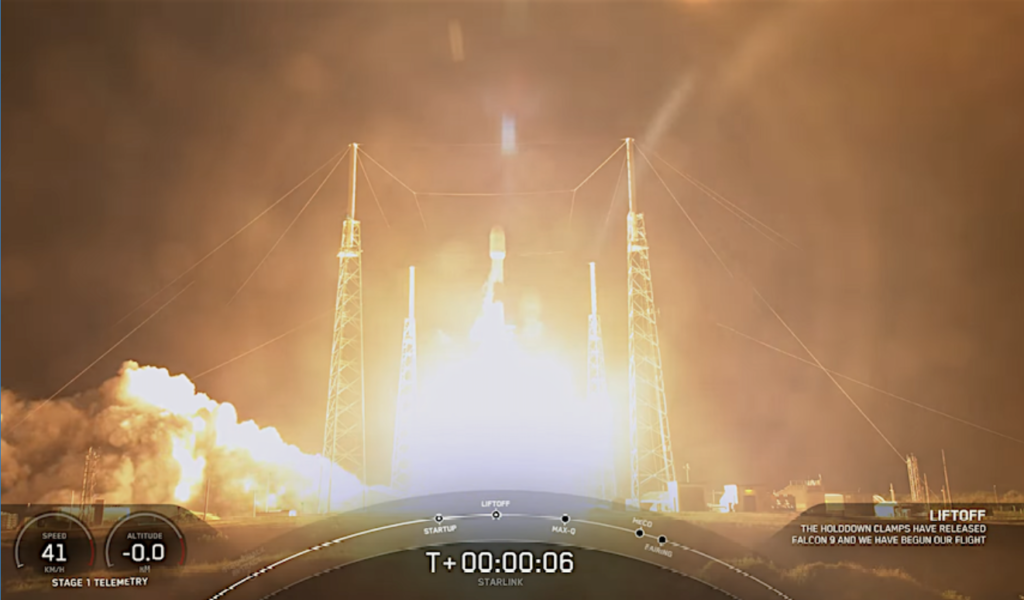
Using advanced satellites in a low orbit, Starlink enables video calls, online gaming, streaming, and other high data rate activities that historically have not been possible with satellite internet.
On Saturday, March 19 at 12:24 a.m. ET, Falcon 9 launched 53 Starlink satellites to low-Earth orbit from Space Launch Complex 40 (SLC-40) at Cape Canaveral Space Force Station in Florida.
This completes the first twelfth launch and landing of an orbital class rocket booster returning to Earth and landing on the Just Read the Instructions droneship stationed in the Atlantic Ocean about nine minutes after liftoff from the Florida coast.
Using advanced satellites in a low orbit, Starlink enables video calls, online gaming, streaming, and other high data rate activities that historically have not been possible with satellite internet. Users can expect to see download speeds between 100 Mb/s and 200 Mb/s and latency as low as 20ms in most locations.

Starlink internet works by sending information through the vacuum of space, where it travels much faster than in fiber-optic cable and can reach far more people and places.
While most satellite internet services today come from single geostationary satellites that orbit the planet at about 35,000km, Starlink is a constellation of multiple satellites that orbit the planet much closer to Earth, at about 550km, and cover the entire globe.
